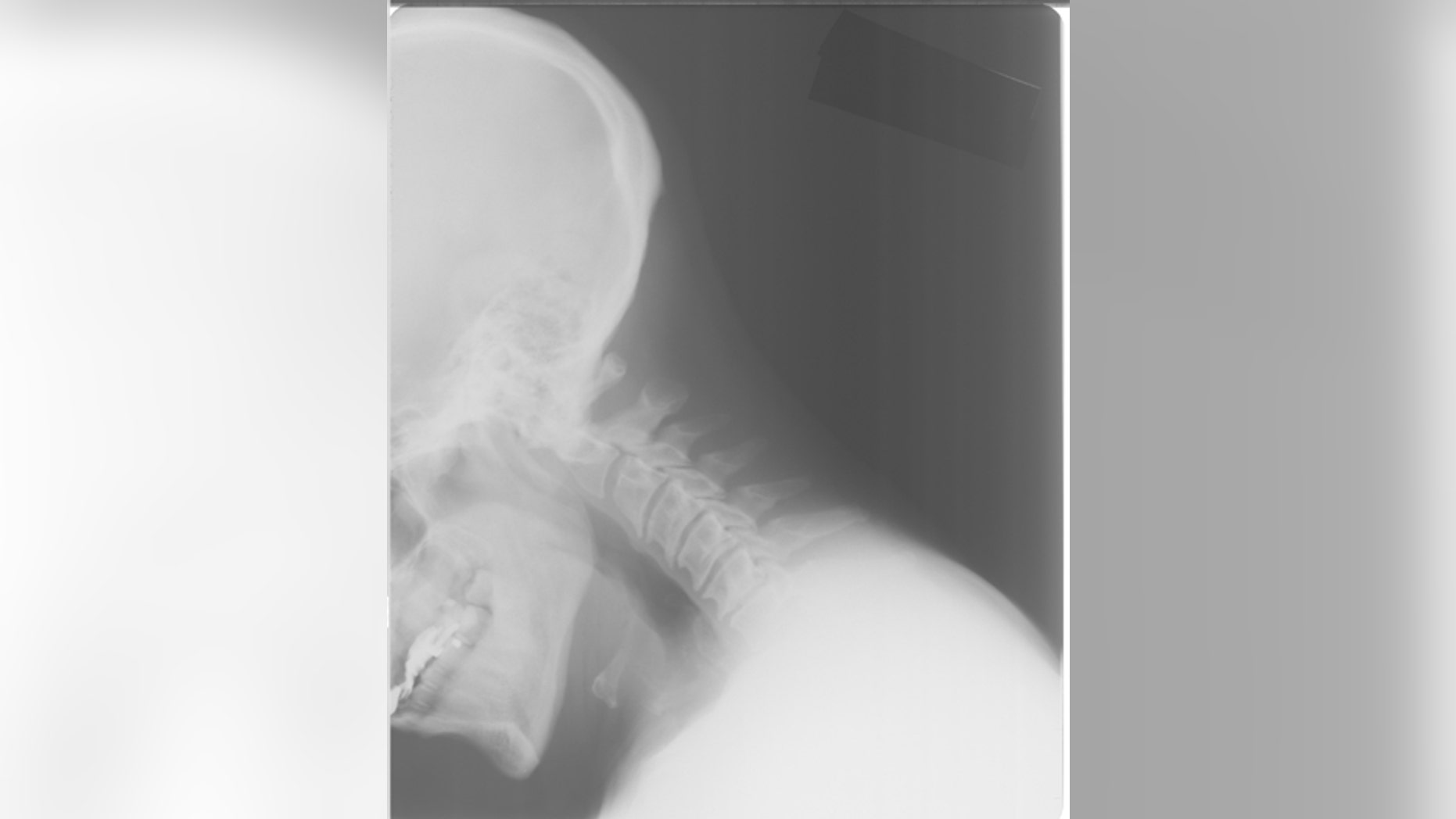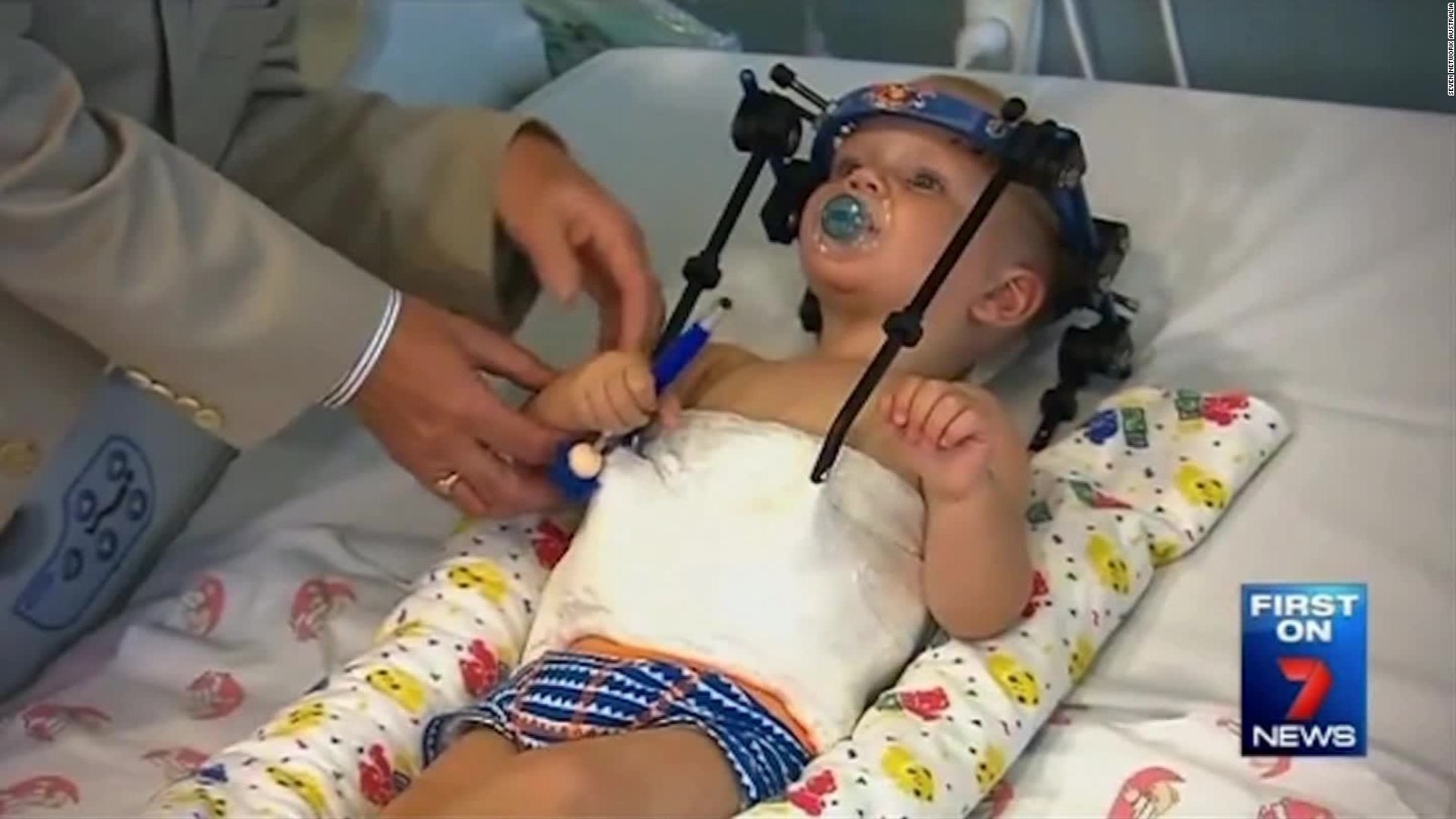Internal Decapitation - What You Should Know
Imagine hearing a term that sounds like something straight out of a horror story, yet it describes a very real, incredibly serious injury. We're talking about "internal decapitation," a phrase that, for many, probably brings up images of something truly gruesome. But what does it actually mean when doctors or medical folks talk about this kind of thing? It's a situation where, despite the scary name, a person's head stays attached to their body, which is kind of surprising, isn't it? The real issue here is what happens on the inside, where the very connections that hold your skull to your spine get severely damaged.
This kind of injury, while sounding like something from a movie, is thankfully quite uncommon. When it does happen, it's usually because of a sudden, very forceful movement that throws the head back with a lot of power. This can tear the strong bands of tissue, the ligaments, that are supposed to keep your head firmly connected to your neck. It’s a situation that, in some respects, puts the body's most important communication lines—those running through the spine—in very serious danger, which is why it’s so concerning.
Yet, here's a surprising bit: despite how truly devastating it sounds, there are actually cases where people have managed to live through it. While the odds are, very frankly, stacked against survival, with a good number of instances leading to immediate passing, the fact that anyone makes it through at all speaks volumes about the human body's incredible ability to endure. It's a testament to quick medical help and, you know, just how tough we can be sometimes, even when facing something that seems utterly impossible.
Table of Contents
- What Exactly is Internal Decapitation?
- How Does Internal Decapitation Happen?
- Can Someone Really Survive Internal Decapitation?
- What Happens After Internal Decapitation?
- Is Internal Decapitation Always Fatal?
What Exactly is Internal Decapitation?
The phrase "internal decapitation" sounds like something from a particularly grim tale, but it actually describes a very specific and serious bodily injury. It’s not about a person’s head coming off their body, which is what the word "decapitation" usually makes us think of. Instead, it’s all about what goes on inside, where the head is still attached but the critical connections holding it there have been severely damaged. Think about the strong, flexible bands of tissue, a bit like very sturdy ropes, that connect your skull to the very top part of your backbone. These are called ligaments, and they are basically what keep your head stable and properly aligned on your neck. So, when someone experiences what medical folks call internal decapitation, it means these absolutely vital connections, these strong ligaments, get torn apart. The skull actually separates from the spinal column, but the skin and muscles around the neck remain intact, holding the head in place. It's, you know, a very strange and dangerous situation where the structural integrity is just gone.
The Misnomer of Internal Decapitation
It’s really interesting how the name "internal decapitation" can be a little misleading. The word "decapitation" typically brings to mind a complete separation of the head from the body, something truly horrific. But with internal decapitation, that’s not what happens at all. The head, in fact, remains connected to the body. What truly occurs is a separation of the skull from the very top part of the spinal column, right where your head sits. This happens because the strong, fibrous tissues, the ligaments, that usually keep these parts firmly together get torn. So, in a way, the head is still physically present, but the crucial bony and ligamentous links that provide stability and allow for proper brain-to-body communication are broken. It’s a bit like a bridge where the main supports have given way, but the road surface is still resting there, just not truly held up anymore. This makes the term a bit of a misnomer, or a wrong name, because the head isn't actually cut off, yet the injury is every bit as serious as if it were, in terms of the danger it poses to life. It’s more about a dissociation, a coming apart, of the skull from the spine, which is, you know, quite a different picture than what the name might suggest.
How Does Internal Decapitation Happen?
When we talk about how internal decapitation comes about, it almost always boils down to one main thing: trauma. This isn't just any bump or bruise, though. We're talking about a very specific and incredibly forceful kind of trauma, usually involving a sudden, violent movement of the head and neck. The most common way this injury occurs is through something called "traumatic hyperextension." Imagine your head being thrown back with extreme force, far beyond its normal range of motion. This kind of motion puts immense strain on the delicate yet strong structures that connect your skull to your spine. It’s like stretching a rubber band way past its breaking point, only in this case, the "rubber band" is made of very important ligaments and tissues that hold your head on. The energy from such a sudden, powerful jolt can cause those critical ligaments to tear completely. This separation then leaves the skull essentially disconnected from the spinal column, even though the skin and muscles keep the head in place. It's a devastating event, and, you know, it takes a lot of force for something like this to happen.
The Role of Trauma in Internal Decapitation
Trauma is, basically, the leading player when it comes to what causes an internal decapitation. It's almost always the result of a severe impact or a sudden, violent jolt to the head and neck area. Think about things like high-speed car crashes, falls from significant heights, or even severe sports injuries. In these kinds of situations, the body is subjected to forces that are far beyond what its natural structure is designed to handle. The skull, which is quite heavy, can be flung forward or backward with such intensity that the ligaments, those strong bands of tissue that hold it to the spine, just can't take the strain. They simply give way, tearing completely. This kind of traumatic event, you know, can also involve other parts of the body, but the specific mechanics that lead to internal decapitation focus on that extreme, sudden movement of the head. It's the sheer force of the impact that causes the skull to separate from the spine, leading to this incredibly serious condition. The spine, which is a very delicate and important pathway for signals from the brain, is then put at severe risk. It’s a situation that, frankly, requires a very specific and powerful kind of injury to occur.
Can Someone Really Survive Internal Decapitation?
It sounds truly impossible, doesn't it? To hear the words "internal decapitation" and then learn that someone can actually live through it. For many, the idea seems completely unbelievable. Yet, as incredible as it may seem, there are documented cases where people have, against truly staggering odds, survived this kind of injury. While it's important to be clear that the vast majority of these cases do, in fact, lead to immediate passing, the fact that survival is even a possibility is a testament to the remarkable resilience of the human body and, very importantly, the swift, expert care provided by medical teams. For instance, there are stories, like that of a patient named Bullock, who was admitted to UAB Hospital and received immediate attention from a trauma care team, including a trauma surgeon like Lauren Tanner, M.D. Such cases highlight that while the injury is profoundly serious, it’s not always an instant, absolute end. It shows that, you know, sometimes the body, with the right help, can pull through something truly extreme. It’s a very rare outcome, but it does happen.
What Are the Chances of Living After Internal Decapitation?
When we look at the numbers for internal decapitation, the chances of survival are, frankly, very slim. Research, like a 2015 review study, has shown that about 70% of cases result in immediate passing. This means that for every ten people who suffer this injury, seven of them, tragically, won't make it. The reason for this high rate of immediate death is often because the injury involves severing the spinal cord. When that happens, the brain's vital signals, the ones that tell your lungs to breathe or your heart to beat, can't get through. This, you know, basically stops the body's most basic life functions. However, the fact that 30% of cases don't result in immediate death means that survival, while rare, is not impossible. There have been studies looking at "survival after head to neck dissociation injuries," which is another way of talking about internal decapitation. These studies, including one published in Spine (Phila Pa 1976), review cases where people have lived. It’s a situation where everything has to go just right: the specific way the injury occurs, the immediate medical response, and, frankly, a lot of luck. So, while it's a very serious injury with a high fatality rate, it’s not an absolute death sentence for everyone, which is, you know, a bit of a miracle in itself.
What Happens After Internal Decapitation?
After someone experiences an internal decapitation, the immediate aftermath is, as you might guess, incredibly critical. The very first concern is often about the body's ability to keep breathing and other basic functions going, because the injury can mess with the spine, which carries all those important messages from the brain. If a person does survive the initial impact, they are usually in a very unstable condition. Medical teams have to work very quickly to stabilize the head and neck, often using specialized equipment to keep things from moving around. This kind of injury is considered exceedingly rare, and it usually requires a very specific set of circumstances, like a "perfect storm," for it to happen and for someone to even have a chance at living through it. The body's resilience is truly put to the test here. Even if someone makes it past the first moments, the path to recovery is, you know, extremely long and filled with big challenges. It’s not just about surviving, but about dealing with the lasting effects of such a profound injury to the body’s central communication system.
Healing Challenges with Internal Decapitation Injuries
One of the truly tough things about internal decapitation injuries is how they heal, or rather, how they don't heal very well on their own. A 2015 review study pointed out that this kind of injury is mostly about the ligaments. Ligaments are those strong, fibrous bands that hold bones together. When they get torn, especially in such a critical area like the connection between the skull and the spine, they are, in some respects, unlikely to fix themselves completely over time. Even if someone wears a brace or has other external support for a long time, the natural healing process for these specific ligament tears isn't usually enough to fully restore the stability. This means that even if a person survives, the underlying structural problem, that separation of the skull from the spine, remains a very big issue. It often requires significant medical intervention, like surgery, to try and create some stability where the body can't do it on its own. It's not like a broken bone that can knit itself back together with time and a cast. This is a much more complicated and, you know, permanent kind of damage to the body's natural architecture, making the recovery journey very, very challenging.
Is Internal Decapitation Always Fatal?
Given the dramatic nature of the injury, it's easy to think that internal decapitation must always lead to death. But, as we've talked about, that's not strictly true. While the odds are heavily stacked against survival, it's not always fatal. The fact that some people do live through it is, honestly, quite astonishing. The injury, sometimes called occipitocervical dissociation, means the skull has come apart from the spinal column. Most of the time, this kind of separation causes immediate and severe problems, often stopping breathing or other vital bodily functions because the spinal cord is so badly damaged. That's why a very high percentage of cases do result in death right away. However, there are exceptions. For example, some medical reports, like one that looked at six patients with these kinds of injuries, have reviewed how they were managed and what their imaging showed. These cases, while rare, prove that survival is a possibility. It really depends on the exact nature of the trauma, how the spinal cord is affected, and, you know, how quickly and effectively medical help can be given. So, while it's a terrifying injury, it's not a guaranteed end for everyone who experiences it.
Why Internal Decapitation is So Rare
Internal decapitation is, essentially, an exceedingly rare injury. You don't hear about it often, and there's a good reason for that: it requires a truly unique and powerful set of circumstances to occur. Think of it as needing the "perfect storm" of forces and impacts for the skull to separate from the spinal column in this way. Our bodies are, actually, incredibly well-designed to protect the head and spine. The ligaments and muscles around the neck are very strong, and the way the bones fit together provides a lot of natural stability. For these protective measures to fail, the force involved has to be absolutely immense and applied in a very specific direction, typically a severe hyperextension or hyperflexion. This means it's not something that happens from a simple fall or a minor accident. It usually takes a high-energy trauma, like a very serious car crash or a

Child's rare injury: What's internal decapitation? | Fox News

Car wreck leaves child internally decapitated - CNN Video

Boy was internally decapitated - CNN Video